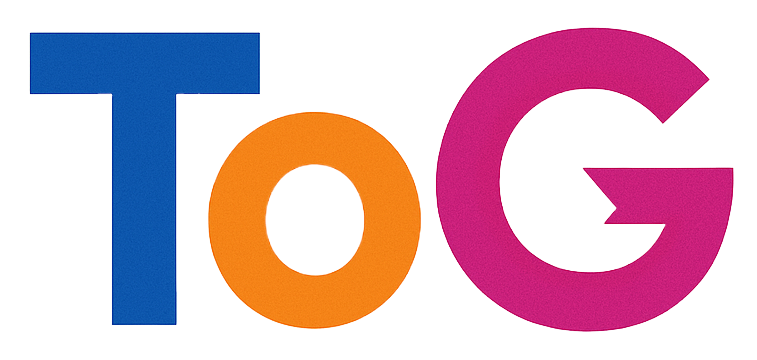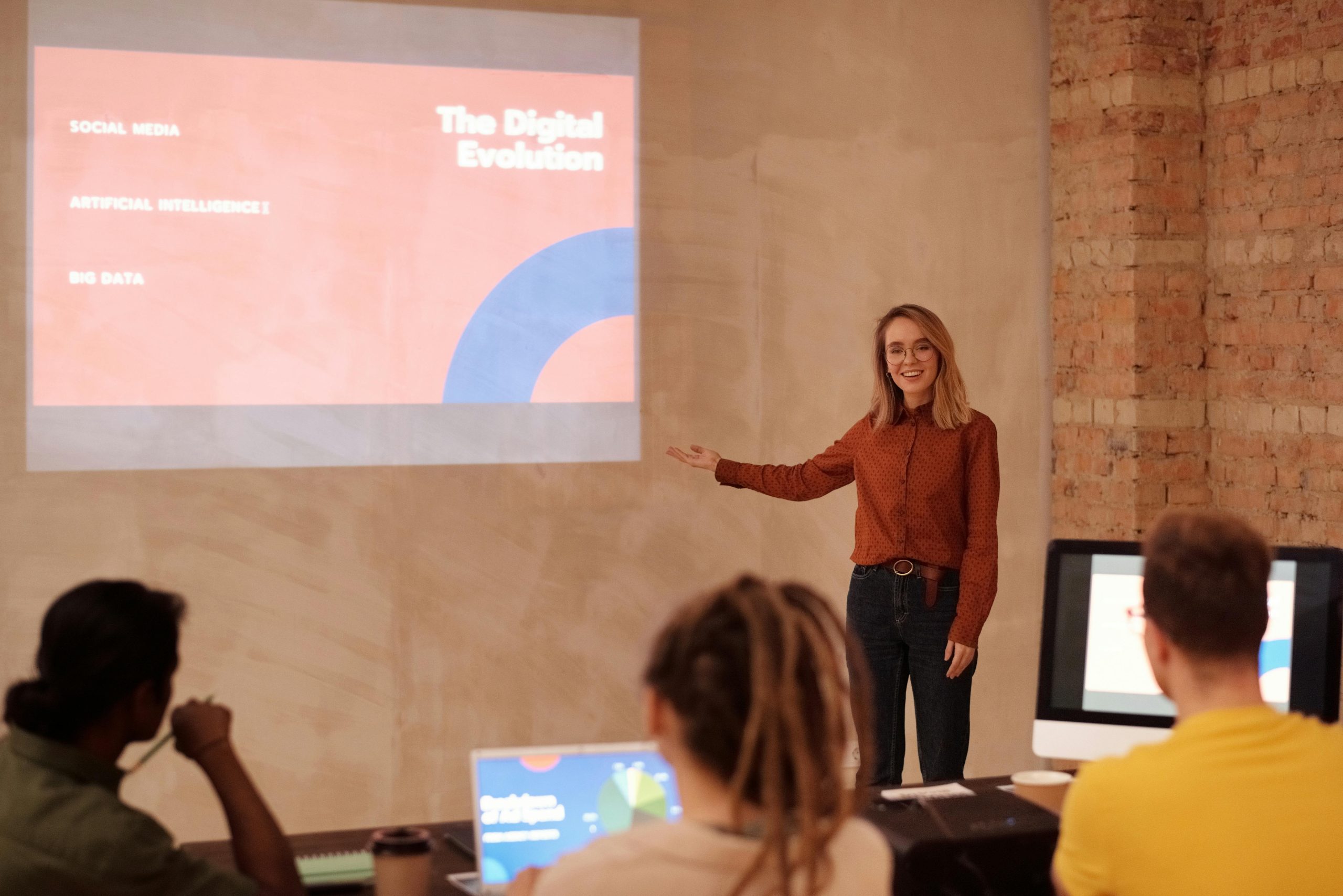Bridging the Communication Gap: How AI is Transforming Interactions for Nonverbal Individuals
In today’s rapidly evolving technological landscape, artificial intelligence is making significant strides in enhancing communication for those who are nonverbal. Recent studies indicate that the utilization of AI can reduce communication barriers by nearly fifty percent for individuals with speech impairments.
The advancements in AI-driven tools and applications are proving to be game-changers for nonverbal individuals, empowering them with new ways to express their thoughts and emotions. These technologies leverage cutting-edge natural language processing and machine learning algorithms to interpret and translate various forms of communication, including gestures, facial expressions, and even eye movements.
Imagine a world where someone unable to speak can effortlessly convey their needs and feelings through an AI system that understands them intuitively. This is not a distant future; it is happening now. Through personalized communication strategies and learning algorithms that adapt to individual preferences, AI is opening doors to more meaningful interactions for those who have traditionally faced challenges in expressing themselves.
Moreover, the impact of these innovations extends beyond personal communication. Families, educators, and caregivers are finding that AI tools are invaluable in fostering better understanding and deeper connections with nonverbal individuals. By significantly narrowing the communication gap, these technologies not only enhance daily interactions but also contribute to social inclusion and emotional wellbeing.
As we look ahead, the potential for AI to further bridge communication divides remains immense. Continued investment in this technology promises to unlock even greater capabilities, ensuring that everyone, regardless of their ability to speak, can share their voice with the world. The future of communication is inclusive, and AI is leading the charge.
In conclusion, AI’s role in reducing communication barriers for nonverbal individuals signifies a monumental step towards equality in communication. As we embrace these advancements, we move closer to a more inclusive society where everyone can express themselves freely and authentically.

